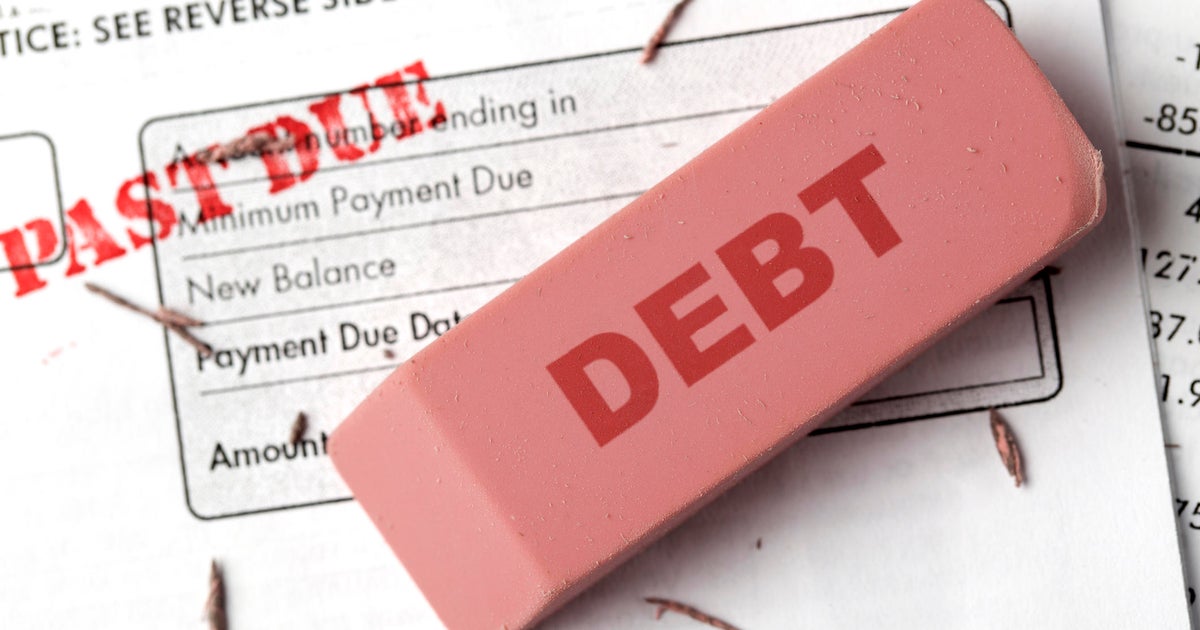4 ways to lower your credit card interest rates right now
Credit cards offer undeniable convenience for shoppers, providing a quick and easy payment method at the register or a buffer between paychecks when cash is tight. The transaction approval process is swift, and for those with rewards cards, there's the added benefit of earning points or cash back on purchases.
However, this convenience comes at a price. Credit card interest rates can be steep, with the current average hovering around 24%. There's no federal limit on these rates, either, so those with less-than-perfect credit may face even higher rates on their cards. This can make carrying a balance on your card an expensive proposition.
The good news is, though, that you aren't necessarily stuck with your current card rates. There are various approaches you can take to try and lower the interest rates on your credit cards, which could save you significant money over time.
Finding it hard to pay your credit card bills? Start comparing your debt relief options here.
4 ways to lower your credit card interest rates right now
These strategies could help you secure lower interest rates on your credit cards:
Ask your credit card issuer
One of the simplest and most direct ways to lower your credit card interest rate is to simply ask your card issuer. After all, many credit card companies are willing to work with you to retain your business, especially if you have a solid history of paying your credit card bills on time.
Before making the call, gather information about your account history, including how long you've been a customer, your payment record and your current credit score. When you speak with a representative, explain that you would like to inquire about whether it's possible to get a lower interest rate on your card account. If you've been a loyal customer with a good payment history, use this as leverage during the conversation. Or, if you've received better offers from another card issuer, ask if they can match or beat the offer.
Learn more about today's best debt relief solutions now.
Enroll in a debt management program
Enrolling in a debt management program is another way to lower your credit card interest rates. With this type of program, the expert you work with will try to negotiate with your creditors on your behalf to secure lower interest rates (and potentially waive certain fees). This can result in big savings on what you owe.
You should be aware, though, that the rules of the debt management program may require you to close your credit card accounts which could temporarily impact your credit score. There may also be fees associated with the program, so carefully consider the costs and benefits before enrolling.
Get temporary help with credit card hardship programs
If you're experiencing financial difficulties, your credit card issuers may offer hardship programs that can help. By enrolling in this type of program, you can often get significantly reduced interest rates on your cards (as well as waived fees, lower minimum payments or even payment deferrals in some cases). It's important to understand, however, that these programs are supposed to be short-term solutions for those facing medical issues, job losses or other setbacks. In turn, any interest rate deduction you get will likely be temporary.
Utilize a balance transfer offer
Balance transfer offers can be an excellent way to temporarily lower your interest rate. With this strategy, you transfer the balances from your high-rate credit cards to a new card with a low or 0% introductory APR offer on balance transfers, which effectively reduces or eliminates the interest charges on your card debt.
If you want to take this route, look for offers with long promotional periods (12-21 months is common) to get the most out of the offer. You may also want to calculate the balance transfer fee (typically 3-5% of the transferred amount) to ensure the savings outweigh the cost.
The bottom line
Lowering your credit card interest rates is possible — but it requires proactive effort and may involve utilizing a combination of strategies to get the job done. Start by communicating with your current credit card issuers and exploring options like balance transfers. If you're facing financial hardship, don't hesitate to inquire about hardship programs or seek assistance from a reputable debt relief or credit counseling agency. No matter what path you take, though, remember that the goal isn't just to lower your interest rates but to develop a comprehensive plan for managing and eliminating your credit card debt.




